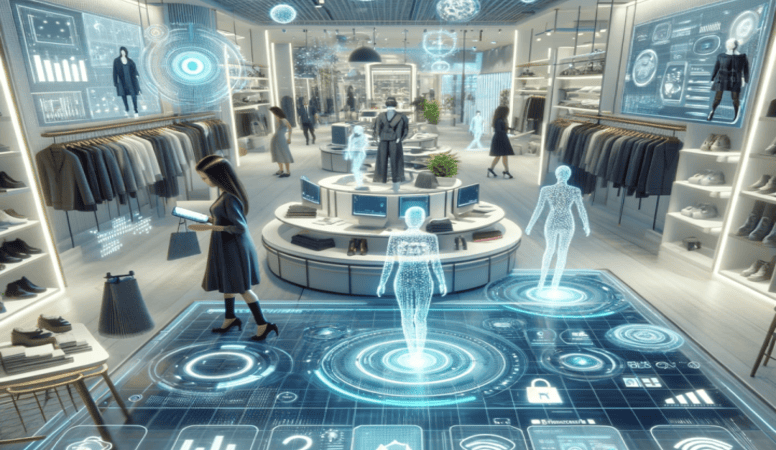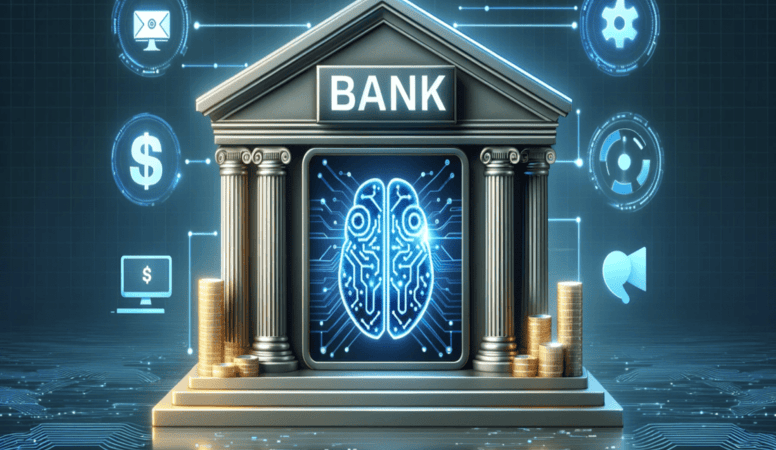Artificial Intelligence (AI) has revolutionized various sectors, and art is no exception. AI in art, particularly through style transfer and generative art, is opening new horizons for creativity. These advancements are transforming how we create, perceive, and appreciate art.
What is Style Transfer?
Style transfer is a fascinating technique in AI where the style of one image is applied to another. This process involves neural networks that analyze the content and style of images separately. The result is a hybrid image that blends the content of one with the artistic style of another. This technology allows artists and designers to experiment with various styles effortlessly, pushing the boundaries of traditional art.
The Process Behind Style Transfer
The core of style transfer lies in convolutional neural networks (CNNs). These networks decompose images into layers, identifying and mimicking patterns. The first step involves extracting the content of the base image. Next, the style of the reference image is analyzed. Finally, these elements are combined to create a unique piece of art. This process, while complex, is incredibly efficient and produces stunning results.
Generative Art: Creating New Dimensions
Generative art takes AI in art a step further by enabling machines to create art autonomously. Using algorithms and data, generative art systems produce new and unique pieces. These creations are not mere copies or modifications of existing works, but original compositions. Generative Adversarial Networks (GANs) are often used in this process. GANs consist of two neural networks, a generator and a discriminator, that work together to create high-quality images.
How GANs Work
GANs are a breakthrough in AI technology. An image generator creates a random image, while a discriminator determines if it is authentic. Through continuous feedback, the generator improves, producing increasingly realistic images. This iterative process results in highly detailed and lifelike artworks, showcasing the creative potential of AI.
The Impact on the Art World
AI-driven art is reshaping the art industry in several ways. It democratizes art creation, allowing anyone with access to these technologies to produce art. It also introduces new forms of expression and aesthetic experiences. Artists can explore and combine styles, creating unprecedented visual effects. Furthermore, AI in art challenges traditional notions of creativity and authorship, sparking debates and discussions within the art community.
The Future of AI in Art
The future of AI in art is bright and full of potential. As technology advances, we can expect even more sophisticated tools for artists. AI will likely continue to influence and inspire new art forms, blending human ingenuity with machine precision. The collaboration between artists and AI could lead to ground-breaking works that challenge and expand our understanding of art.
Conclusion
AI in art, through style transfer and generative art, is revolutionizing the creative process. By merging technology with artistry, we are witnessing the birth of new artistic expressions. As we embrace these innovations, it’s essential to consider the ethical implications and continue to value human creativity. The journey of AI in art is just beginning, and its potential is limitless.








